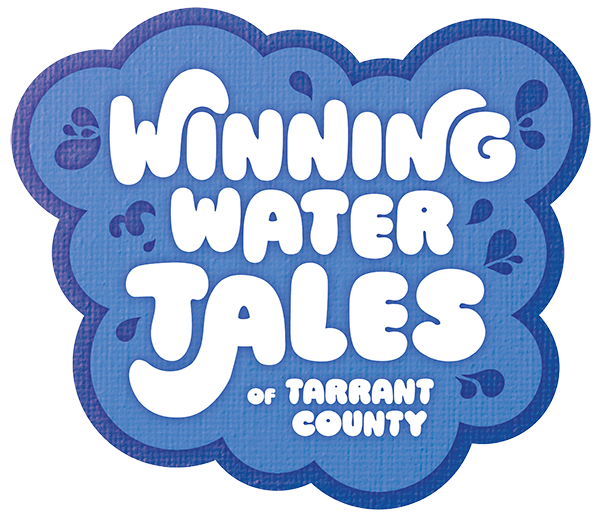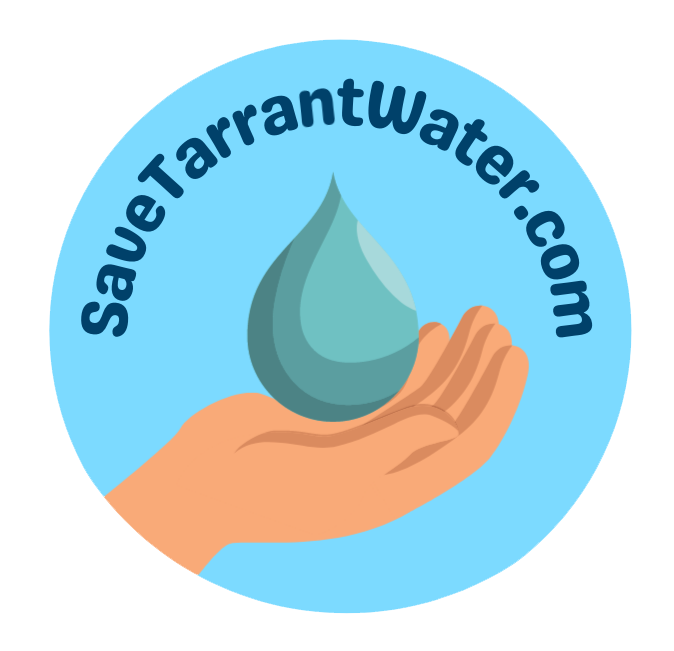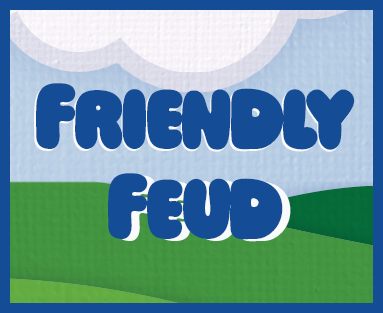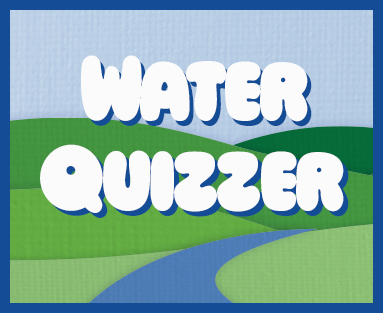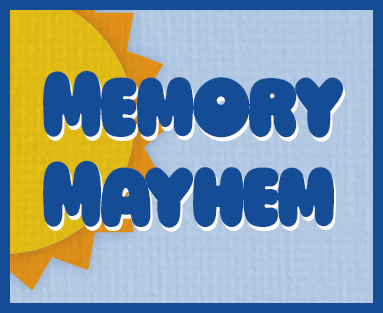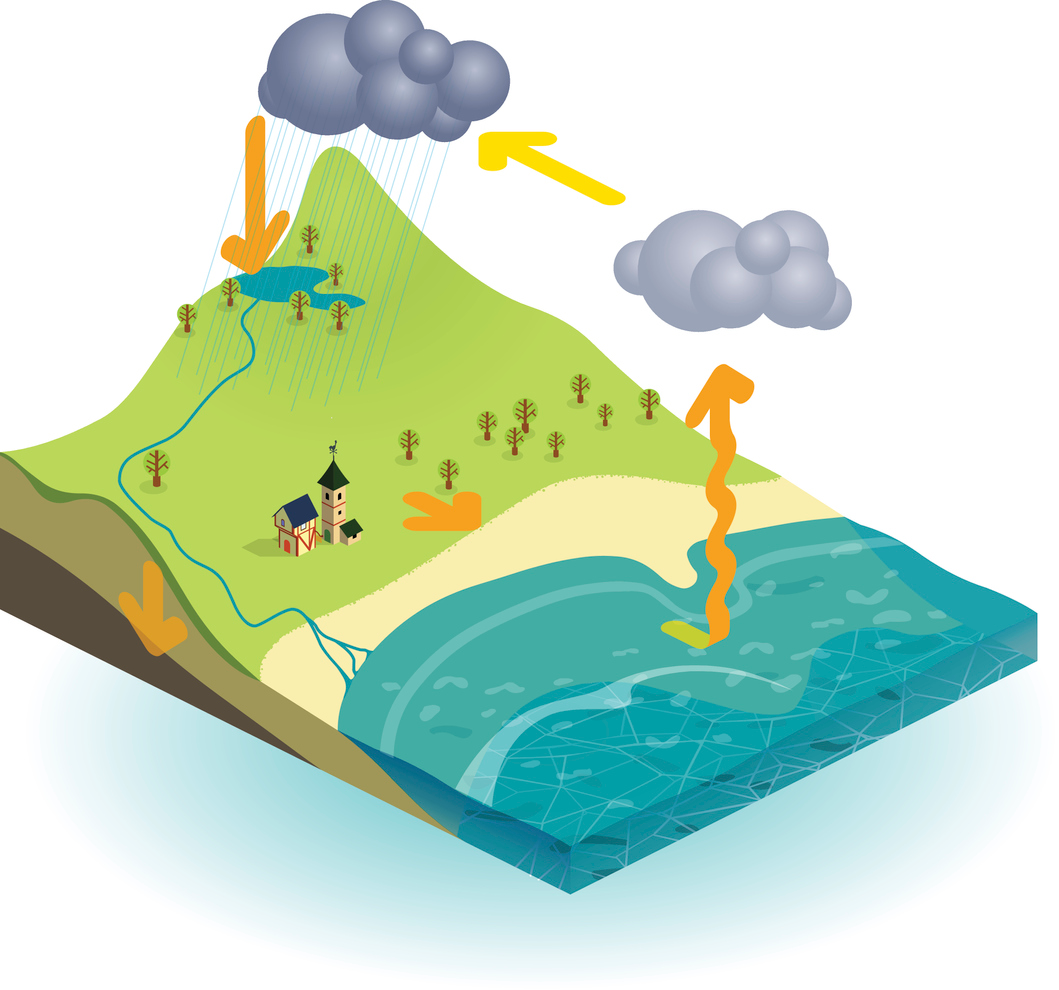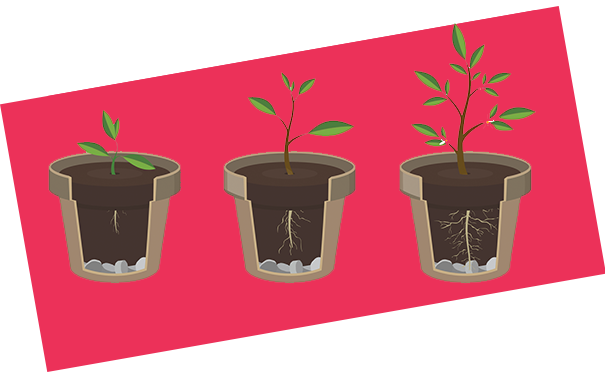Write a Water Poem
OBJECTIVE
Students will read poems about water. Then they will draw a picture inspired by the poems as well as write their own.
PURPOSE OF ACTIVITY
Read or Listen, Apply Skills, Create
COGNITIVE LEVEL
Strategic and Extended Thinking
CLASS TIME
1 class period
MATERIALS
- Pencil
- Drawing utensils
- Paper
PROCEDURE
- Have students read one, two or all of the water-inspired poems below.
- Discuss the poems.
- Prompt students to reflect on a memorable experience involving water.
- Have students create a drawing demonstrating a memorable experience about water.
- Explain that the students will also be writing a poem about water.
- Have students create a poem next to the drawing.
Suggestion: if students have trouble creating a poem, they may want to try writing a word that
describes or relates to water and assigning an adjective for each letter of the word.
Drinking Fountain
– Ethel Jacobson
At first just a trickle,
Two drops splash and tickle.
And then there’s a spurt,
A sudden big squirt,
Right smack in my eye:
The fountain must think
That I need a face-wash
More than a drink!
Flow
– Aldo Kraas
Water from the Sea
I hope that
You flow
Back and forth
Because I want to hear
The sound of the water
I find the sound of the water
So soothing
Water is a Lovely Thing
– Julia W. Wolfe
Water is a lovely thing—
Dark and ripply in a spring,
Dark and quiet in a pool,
In a puddle brown and cool;
In the river blue and gray,
In a raindrop silver gray,
In a fountain crystal bright;
In a pitcher frosty cold,
In a bubble pink and gold;
In a happy summer sea
Just as green as green can be;
In a rainbow far unfurled,
Every color in the world;
All the year from spring to spring,
Water is a lovely thing.

